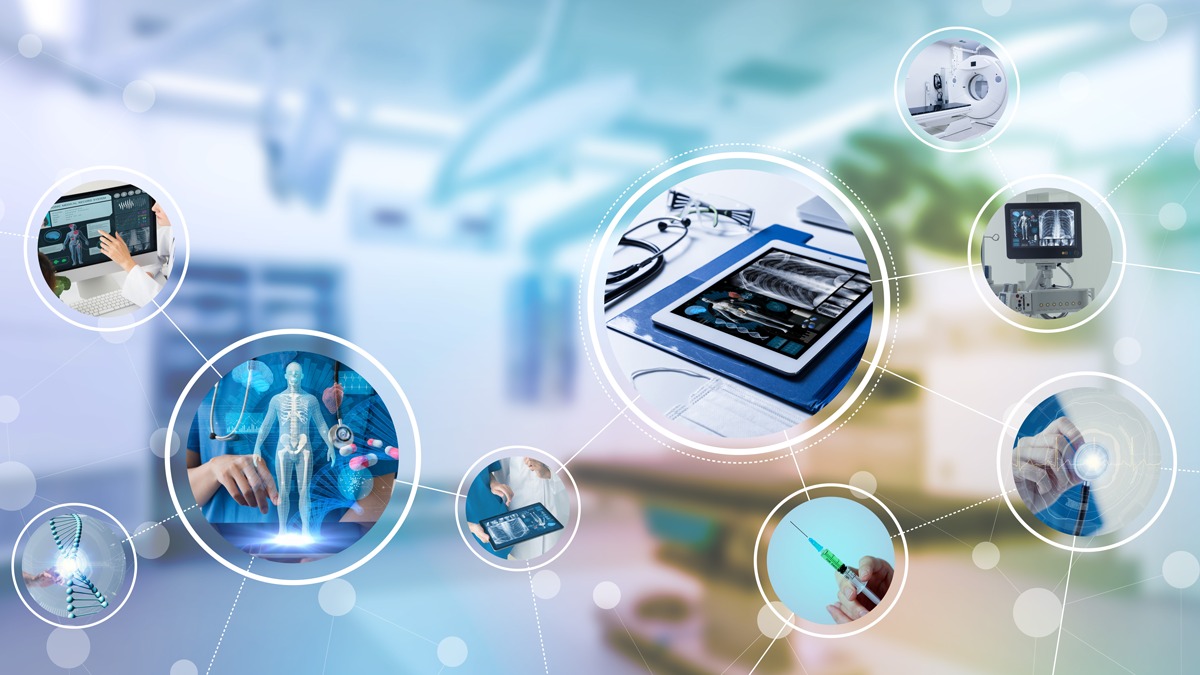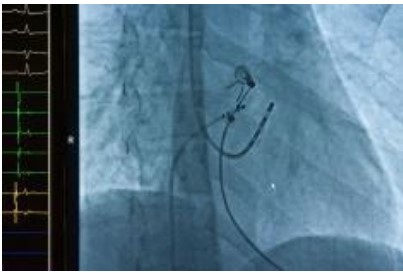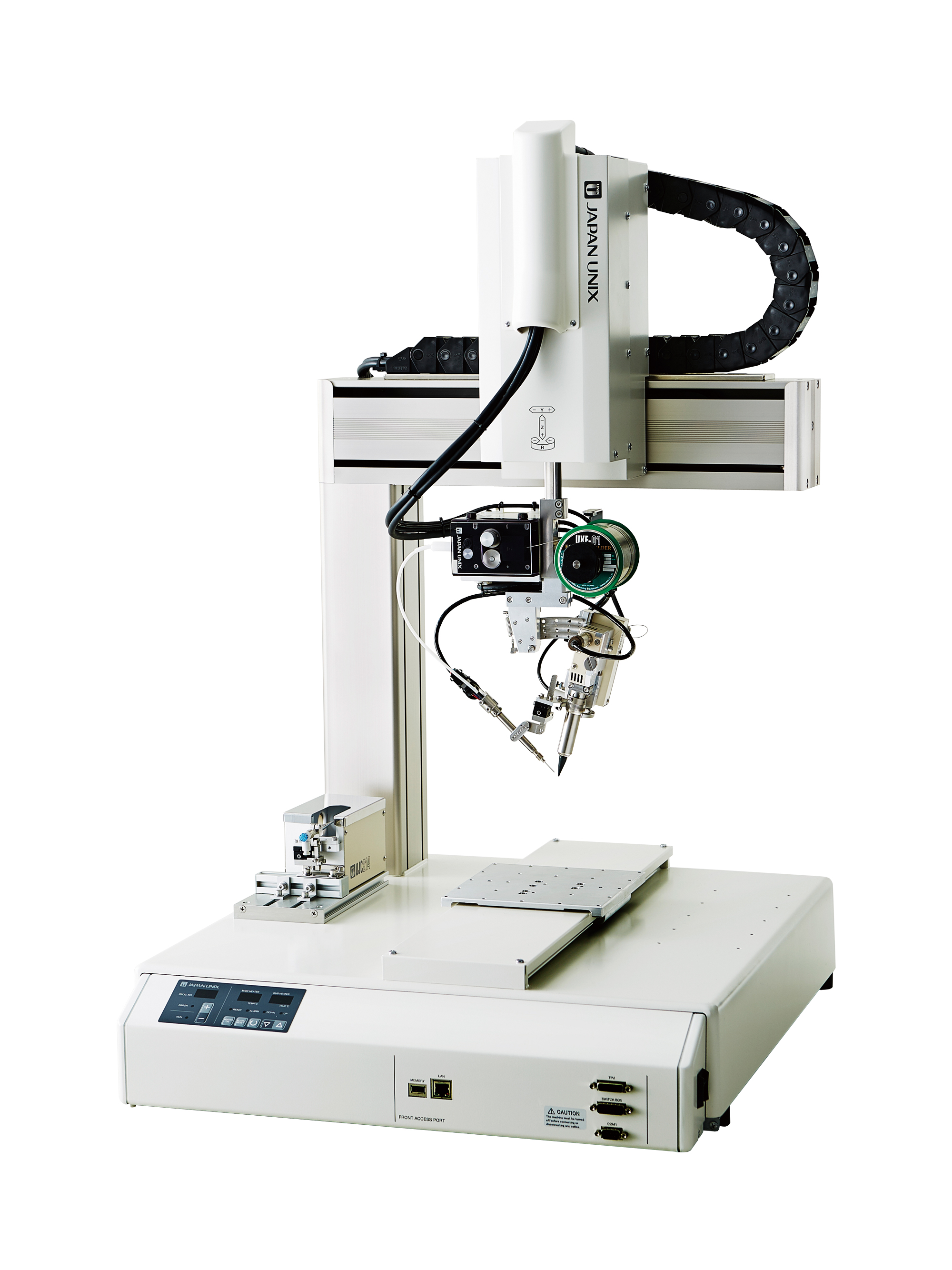Behind electronics: Robotic Soldering Speeds Medical Advancements
Soldering for medical devices requires special solder materials, narrow and high-density mounting, and other strict quality requirements. The unique characteristics of the medical device industry will be explained.
Advanced Medicine and Soldering

Medical devices must be designed, developed, and manufactured with the utmost care because they directly affect human lives. In addition, once in use, the equipment must maintain functionality and performance according to specifications for a long period of time. Many medical devices are electronic, ranging from large, precise examination devices such as MRIs and CT scans to diagnostic and therapeutic devices such as ultrasound diagnostic equipment, medical endoscopes, and blood pressure monitors, and soldering is essential for their manufacture. In electronic devices, the area where defects occur the most is the connection between electronic components and circuit boards. High-quality soldering is required to prevent poor contact and wire breakage due to unskilled soldering operation.
Types of soldering for medical devices
(1) Soldering for large diagnostic equipment

Large diagnostic equipment such as MRI and CT scans are expensive, costing over several hundred thousand dollars per unit. In addition, the boards on which these devices are mounted are also specially designed as one-of-a-kind products, often costing over several thousand dollars per piece. Although production volumes are not high, the demand for soldering quality is extremely high, which is why the shift from manual operations to robots is underway.
(2) Soldering for small products

Small devices that enter or touch the human body, such as cardiac pacemakers, blood pressure monitors, endoscopes, and lasers used in catheter therapy, are also becoming increasingly electronic. These products are characterized by small, thin, and thin substrates and components. Because of the need for high-density mounting of tiny components and the need for mass production, hand soldering is difficult, and automation demand is being increased.
Note that the solder used in the manufacture of medical devices has a higher proportion of gold and silver than regular lead-free solder to give it properties such as strength and corrosion resistance. The difference in composition means that the appropriate temperature, the way it flows in, and the way it hardens will also change. Therefore, the need to consider a separate approach is common to both large diagnostic equipment and small products.
Soldering Robots Supporting Medical Devices

There are a wide variety of factors required for soldering medical devices, such as high quality requirements, narrow and high-density mounting, special solder materials, and sometimes mass production. Few engineers are capable of meeting such stringent requirements, and training them is time-consuming. Therefore, it is considered an effective method to reflect the skills of excellent engineers in robots, and many medical device manufacturers are expanding the use of highly flexible soldering robots.
Currently, most medical equipment for Asia is manufactured in Singapore, but there are also excellent medical equipment manufacturers in NA, Europe and Japan, and their manufacturing bases are spread throughout the world. As a specialized manufacturer of soldering robots, Japan Unix is expanding its business globally, including these bases.
To learn more about the soldering robots that support cutting-edge medicine, the challenges of soldering medical devices, and the global manufacturing base for medical devices, click here to download a PDF file.

 日本語
日本語 中文
中文 Deutsch
Deutsch Español
Español